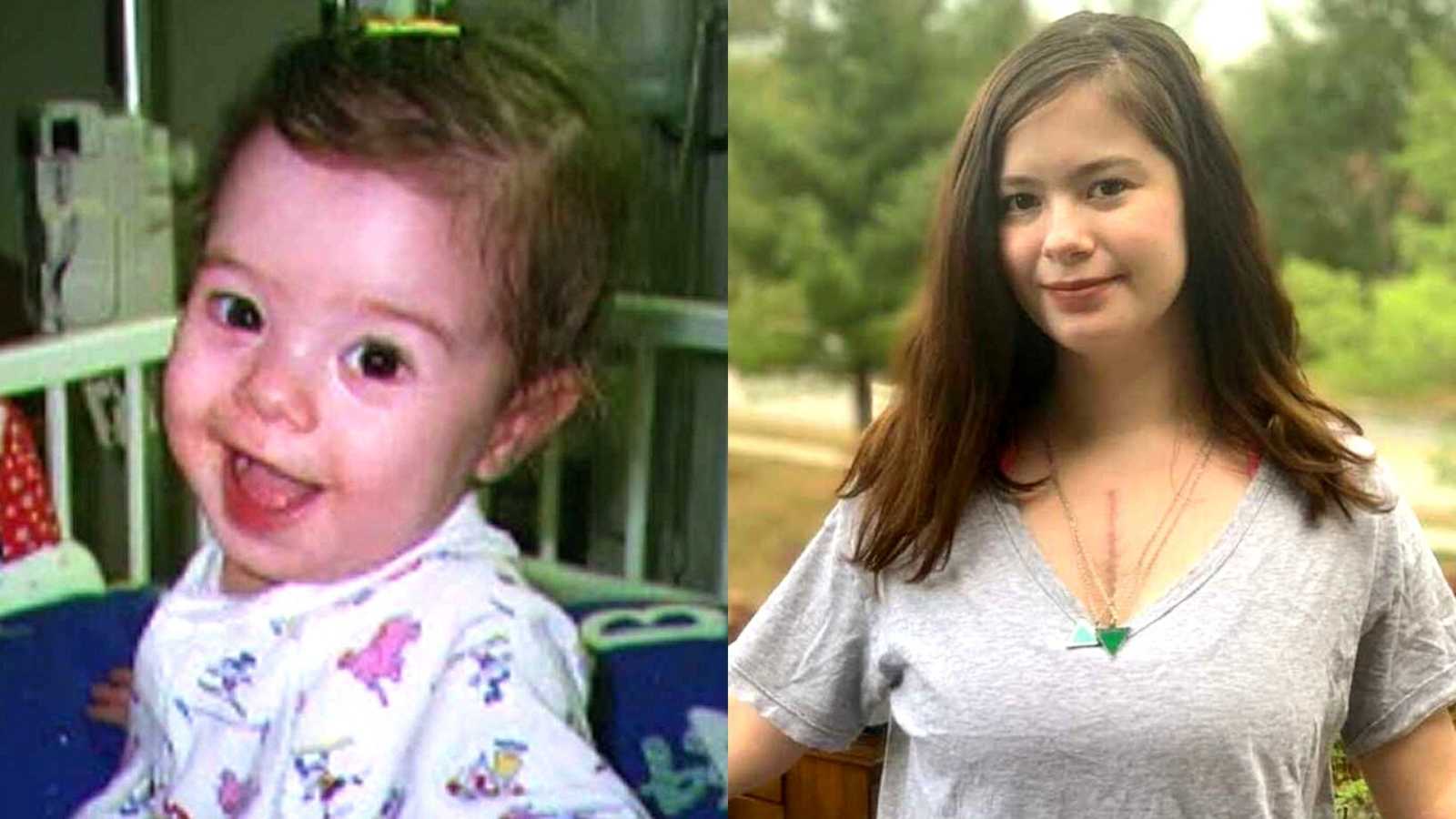“Most parents expect to take their child home in less than twenty-four hours after their birth. About a month before my twin sister and I were born, my parents learned that things were going to look much different for them. At an ultrasound, a doctor came into the room with a box of tissues. She began by saying, ‘The one baby’s heart is fine.’ Of course, this was followed by the question ‘Well what about the other baby?’ The doctor continued, ‘The other baby has a condition called hypoplastic left heart syndrome.’ My parents were familiar with conditions that caused holes in the heart, but when they brought this up, the doctor told them that this was much worse. She communicated to them that as far as congenital heart defects go, HLHS is essentially as bad as it gets.
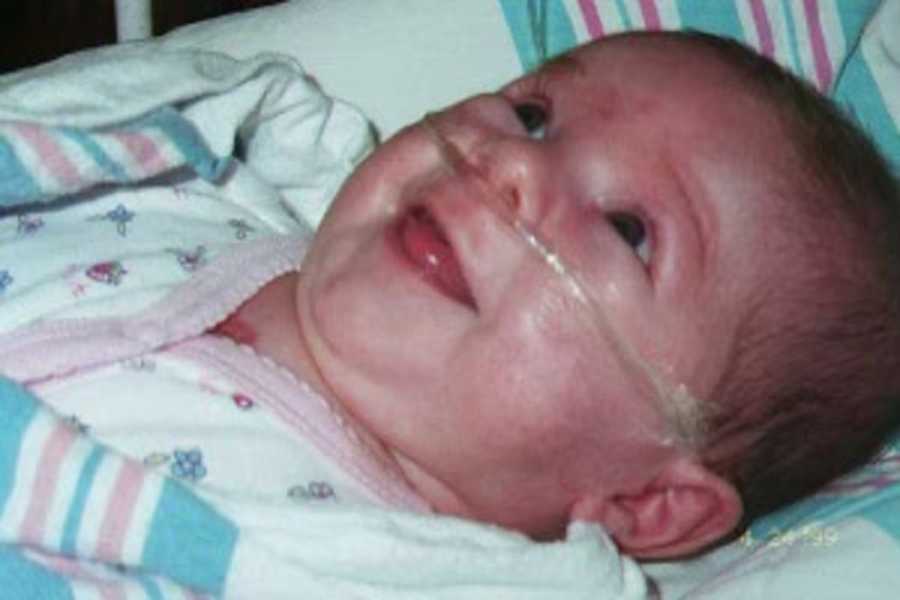
Most people are born with a heart that has two fully functioning sides. The right side of the heart will receive deoxygenated blood from the body to send to the lungs. The left side receives the blood from the lungs that has been oxygenated, and then circulates it to the rest of the body. For someone with HLHS, their heart doesn’t fully develop in utero, resulting in a severely underdeveloped left side. This means that oxygenated blood cannot be circulated to other organs. Without treatment, HLHS is fatal, and causes death within days or weeks. At the time, prognosis was not looking good— so many babies with HLHS did not survive. Parents with a child who had HLHS back then were usually given three options.
The first option was undergoing a series of three open heart surgeries which would all be done within the first few years of life. The second option was to go on the waiting list to receive a heart transplant. The third option was compassionate care, which meant bringing your child home and making them as comfortable as possible until they passed. There were difficulties with all of these choices, and none of them guaranteed survival. The surgeries were risky, and many didn’t make it through all three. Being waitlisted as an infant typically took a long time and many did not survive long enough to get a heart. Compassionate care was the one choice that brought an outcome with one hundred percent certainty, but not one that gave a chance at surviving. My parents decided to proceed with the surgeries.
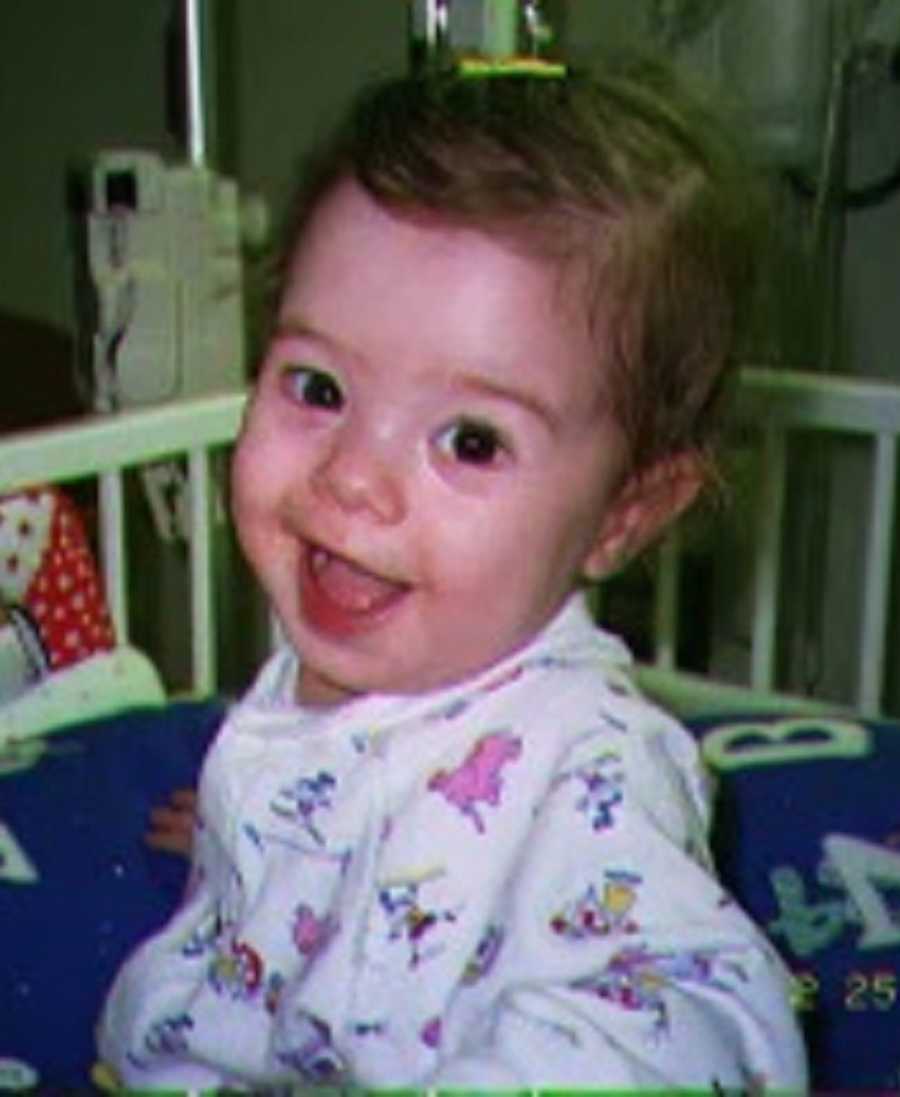
They were fortunate enough to live several hours away from a hospital that not only had a surgeon who could perform the surgeries, but also had invented them. The purpose of these surgeries, commonly referred to as ‘The Norwood Procedure,’ was to reconstruct the heart in a way that only required the right side to function. My first surgery was done at three days old. Generally, the second surgery was done at around six months old, but my health deteriorated quickly so I had mine done at two months old instead. My third surgery was several days after my first birthday. Growing up, I appeared to have a fairly average childhood. I had a few limitations, such as not being allowed to participate in contact sports or go on upside down rollercoasters.
For the most part though, my body had more of a say than my doctors did, so many of my limitations were set by my heart. I had always known my life was different than my friends, but I’d never lived any other way, so I understood everyone else’s way of living just as little as they understood mine. When I was younger, I started doing gymnastics with my sister. While it made me happy, my energy couldn’t keep up with all the other kids, so I didn’t stick with it as long as she did. As I got older, I discovered that I really loved swimming. It was less exhausting than gymnastics and I quickly became really passionate about it. In fifth grade, I started taking swimming lessons in hopes that I would be able to join the swim team in a few months. I was ecstatic to discover that I had made the team after trying out!
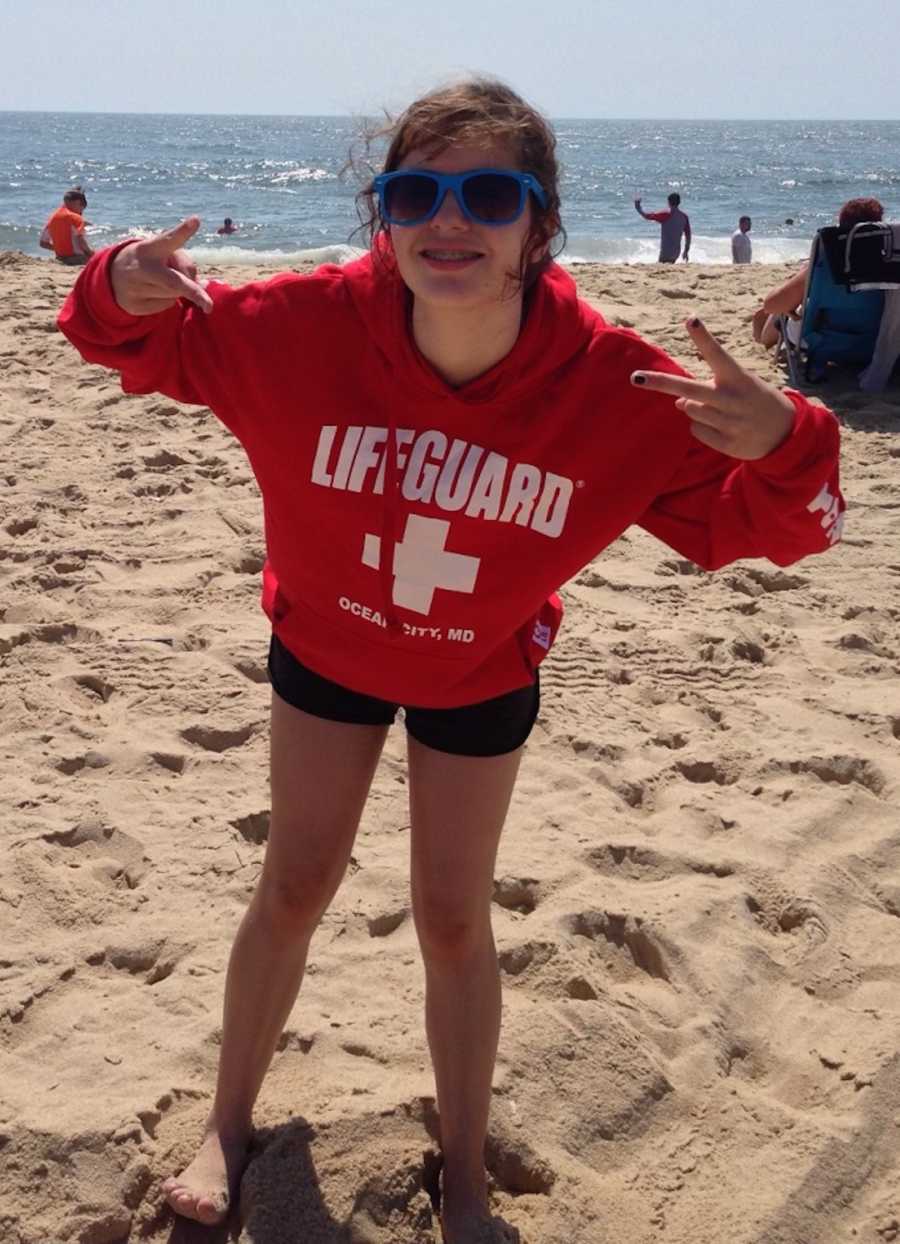
While I was much slower than all my teammates, I didn’t care because when I was in the water, I didn’t see anyone else. I just saw the end of the pool, and the miracle of every lap I did. I received ribbons for second to last place a few times, and would feel the excitement throughout my body, with a towel wrapped around me and blue lips from the cold water. For me, the hardest part wasn’t the actual race, but getting out of the pool. My circulation was awful, so while most of the others could warm themselves up after a few minutes, I’d be shivering in the car with my teeth chattering the whole way home. At times, the temperature would be so low it was painful, but in a weird way it was kind of incredible, because the ability to swim the length of a pool felt so much more rewarding when I was reminded that not even a half working heart could stop me from doing what I loved.
When the season ended, I was devastated to find out that my doctors wouldn’t let me try out again the next year because they thought I was overexerting myself. Nevertheless, I continued to look for something else that would give me the same joy swimming did. I tried many hobbies, but it seemed every activity was either too draining or failed to hold my interest. When people asked me about my heart defect, I knew the basics, but I didn’t understand enough about hearts in general to differentiate between my own and theirs. All I knew was that I was considered a ‘single ventricle,’ and that the left side of my heart couldn’t function.

The workings of my heart seemed complicated, and that’s because they were. I’d ask my mom to explain my heart, and then say ‘tell me again but in an easier way,’ because most of the medical terminology flew right over my head. At cardiac appointments my cardiologist would pull out a pen and draw diagrams of hearts on the paper that covered the exam table. I loved it, but I also longed to understand it. After receiving a lifetime of medical care for a fascinatingly broken heart, who wouldn’t want to become familiar with the pump in their body that simultaneously worked for and against them?
When approaching the summer going into seventh grade, my parents did some research and found a summer camp for kids with congenital heart defects. When they told me I was absolutely thrilled! It was an eleven or twelve hour drive, but it was worth it because I loved it so much that I continued to attend for four consecutive years. Not only did I get to go on a plane by myself for the first time, but I was also able to learn so much about my heart that I didn’t know before. I met a lot of people with various congenital heart defects, including a few with hypoplastic left heart syndrome. Fast forward to spring of 2016, when I was in my junior year of high school. I started to notice I was feeling much worse than usual.
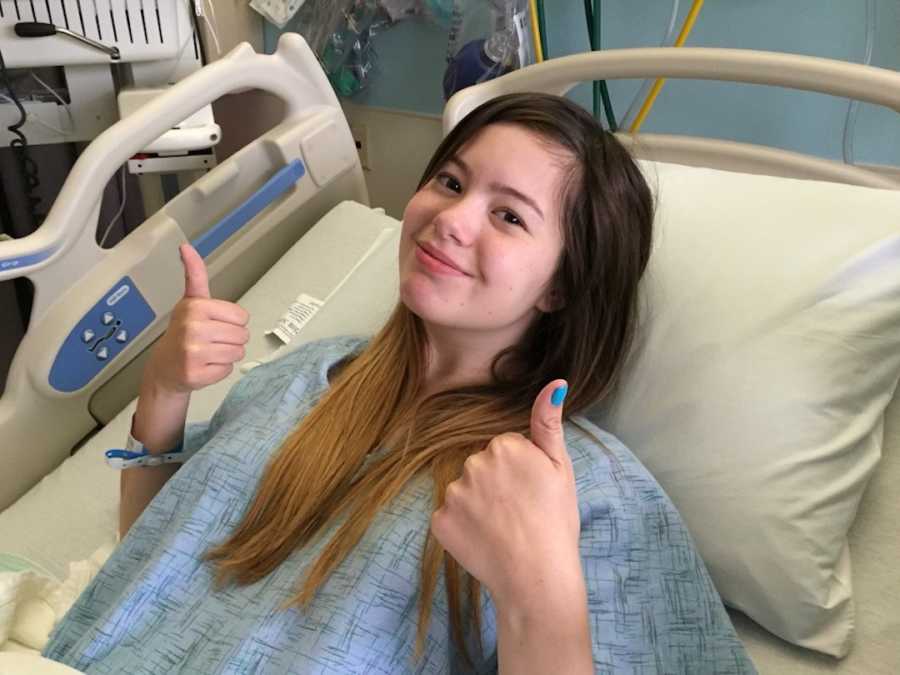
My entire life was a timeline of having less and less energy as I got older and my body grew. I dealt with chronic chest pain and was frequently short of breath. At checkups I’d have mild but, anticipated issues, like leaking heart valves and episodes of abnormal heart rhythms. By the time I was 17, though, my health deteriorated quickly, much like when I was an infant. An echo done that summer revealed I was in congestive heart failure. Discovering this gave me so many mixed emotions. Much of my teenage years consisted of different therapies to work through mental health struggles such as depression and anxiety. So part of me recognized that it was good that I’d arrived at a place where I was more mentally stable when given the news. Although part of me fell into old habits and had my beliefs confirmed that the events in my life were all about waiting for the other shoe to drop. But what I couldn’t have predicted was that after two months of taking pills for heart failure, I would come back to the hospital only to discover that my heart failure was even worse.
This is when, for the first time since I was a baby, the words ‘heart transplant’ were brought back into the conversation. This time, though, it wasn’t just an option. It was my only option. While I knew I had always been sick, I never really comprehended up until that point how sick I was. My heart was always in bad shape, but it held on just long enough to get me through my childhood. On February 1st 2017, eleven days before my 18th birthday, I was officially put on the waitlist. Shortly after, I was hospitalized for a week because I had the flu. From that point on, I was too sick to continue going to school. I was homeschooled for a little, but eventually I was too sick for that. I had to use oxygen at night, and for a few months I had a picc line in my arm 24/7 with medication running through it that’s used for patients who are in heart failure.
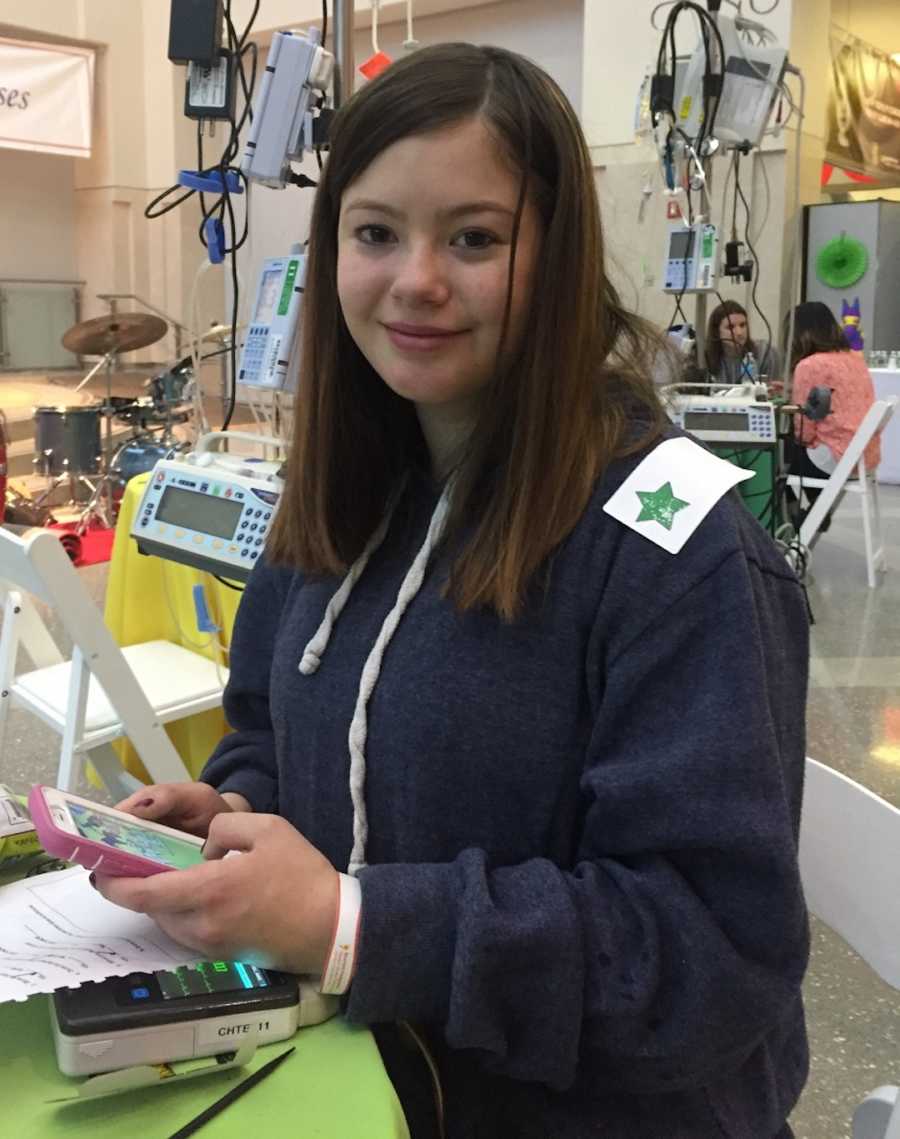
On May 1st, I was admitted to the transplant center to stay until a heart was available. It was my senior year, so it was incredibly difficult to miss out on events like graduation and prom. Although being in the hospital to wait for a life changing surgery is a challenge, there were many wonderful moments throughout my stay. My siblings drove up at one point with my cap and gown so that my sister and I could do a graduation photoshoot in the courtyard. A very kind family had a program that gave me the opportunity to have my room decorated. I was in awe once they had finished, and my plain walls had transformed into a galaxy of glow in the dark stars and string lights. The best part is that the hospital threw a prom for teen patients, and provided dresses, hair and makeup stations, and everything else you could dream of on prom night. They had a red carpet that I rolled across in a wheelchair, and I realized I’d pick that hospital prom a million times over a school prom.
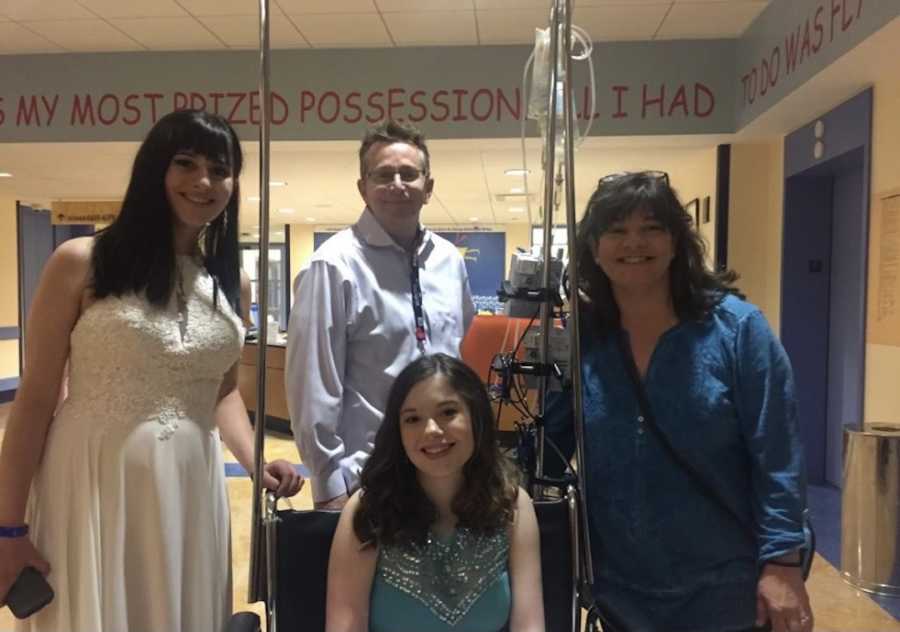
A few days later, I was about to head out to the courtyard when one of my cardiologists stopped my mom, and our faces glowed as she told us they found a heart for me. That evening I prepared for surgery. On the morning of June 21st, I had received my transplant. For the first time, I had a heart that was fully functional. Things were looking great at first, but after 24 hours, I began getting really sick, and they were pretty sure I was septic. I was in a medically induced coma for five days, and I was dependent on an ECMO machine. The weeks spent recovering were brutal, and took a huge toll on me physically and mentally. I was told from the beginning that I was trading one disease for another, but I didn’t understand what that meant until I was actually living through it.

I am endlessly grateful for my donor and their family, and I also acknowledge that with my immense gratitude, comes trauma from the actual process. There are many medications I take every day, and chronic viruses that my immune system struggles to fight off. I am on a lifelong journey to heal psychologically from not only 2017, but all the years that came before, and all the years that follow. A global pandemic coming into the picture complicates everything, but I try to think of the summer I joined the swim team. I could swim once, and life better believe that even the girl with blue lips and chattering teeth will jump in again because this is what it’s all about. The world will bring the cold, and I may need time to warm myself up. But each day I rise, I won’t hesitate to dive back into that water, and say ‘What else you got?’”
This story was submitted to Love What Matters by Madeline from Odenton, Maryland. You can follow her journey on Instagram. Submit your own story here, and be sure to subscribe to our free email newsletter for our best stories, and YouTube for our best videos.
Read more stories like this:
Please SHARE this story on Facebook to encourage others to cherish every moment and love what matters most.

